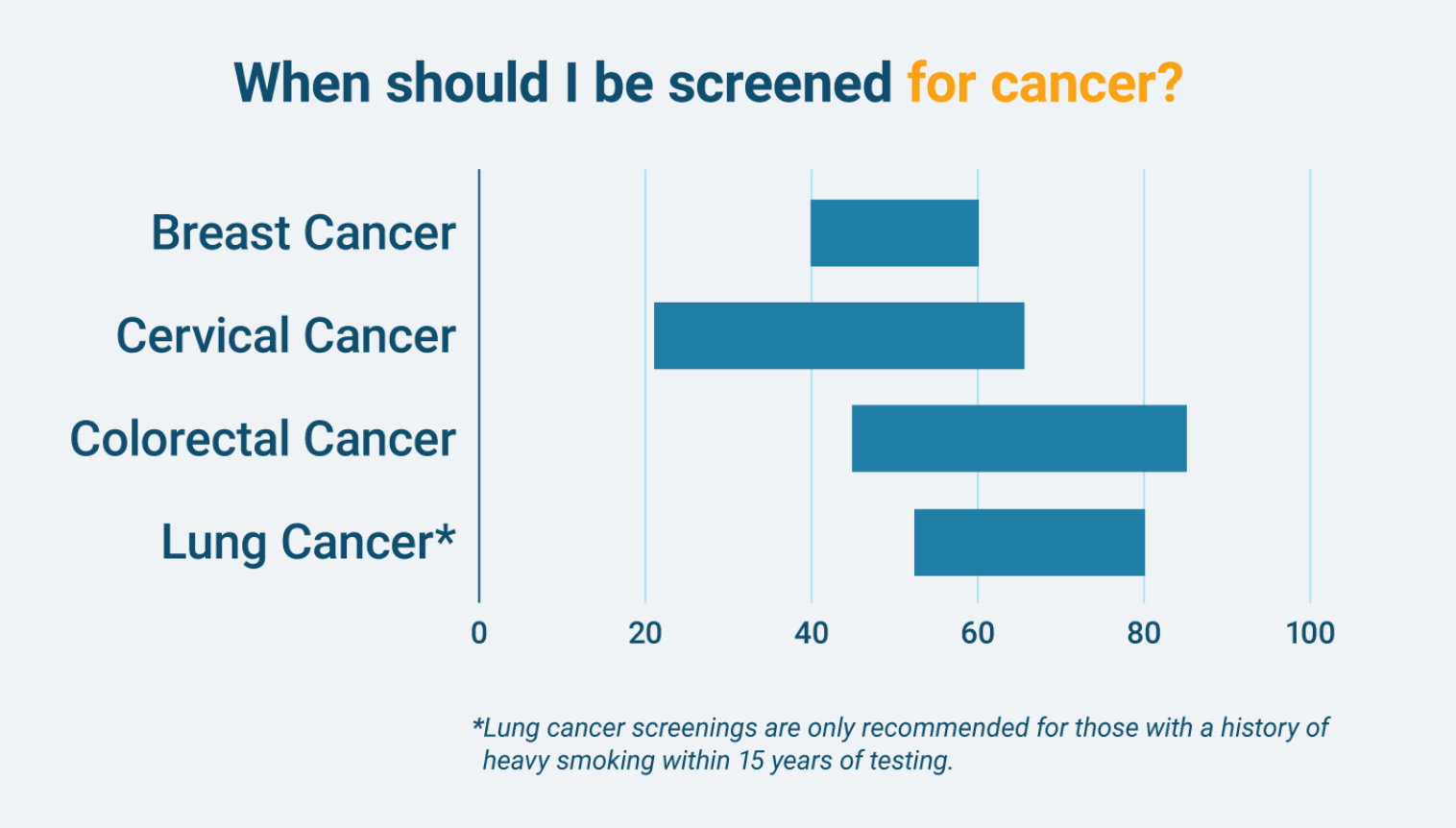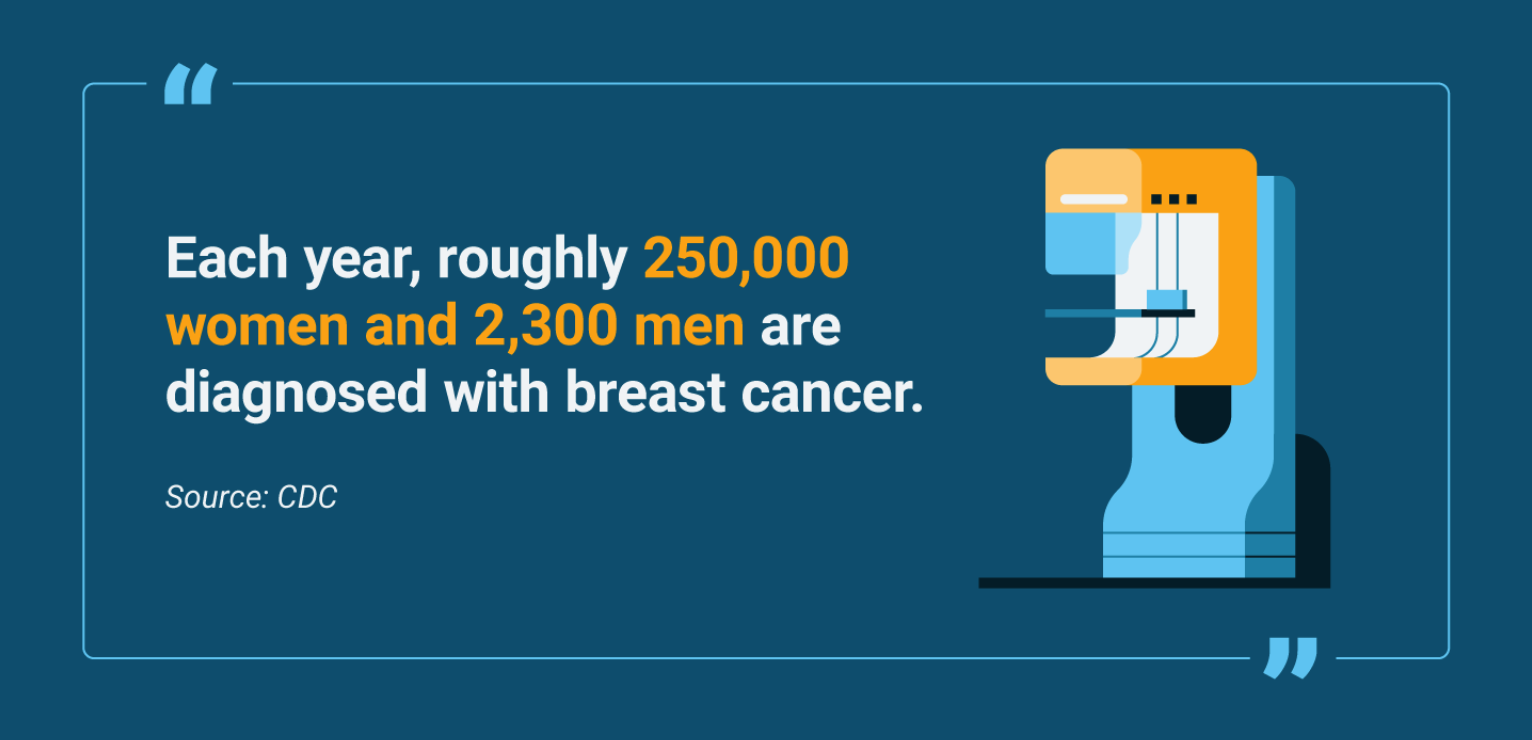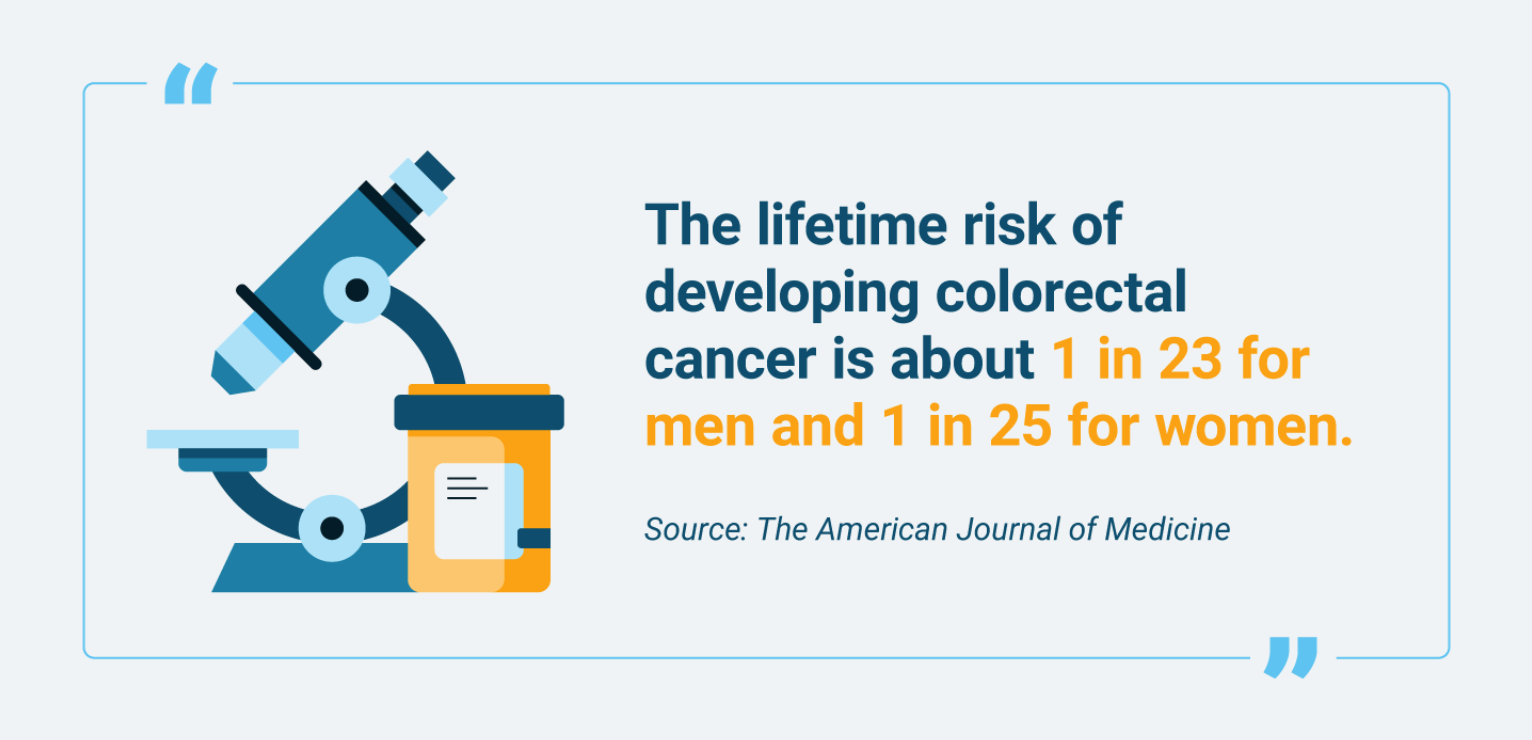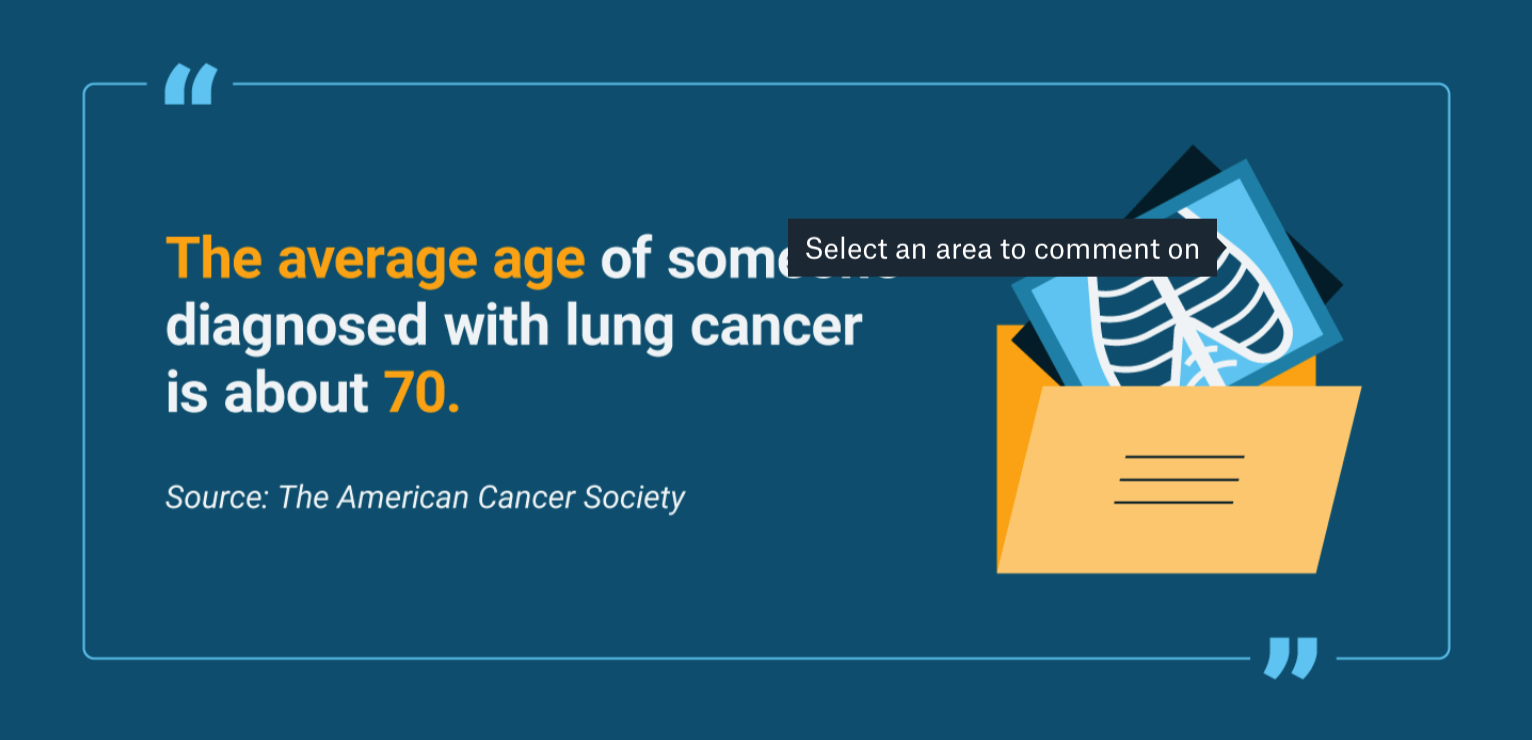Your Guide to Cancer Screenings By Age
Taking care of your body as you age means different things to different people. For some, it means eating well-balanced meals. For others, it means battling insomnia and making sure to always get a full night’s sleep.
An integral part of taking care of yourself, though, is making sure to visit the doctor regularly. Physical tests including cancer screenings can help you make sure your body is in good shape.
When should you start getting screened for cancer? Let’s break it down.





Breast Cancer
Breast cancer mainly affects women, but there are men who are diagnosed with it every year. Breast cancer screenings at your doctor’s office should begin at 40 and continue through the end of your life. However, regularly checking your breasts for lumps or pain at home is a good practice to get into.
Doctors use the following tests to screen for breast cancer:
Mammography: An X-ray of the breast that checks for abnormalities.
MRI: An in-depth look at the breast for high-risk populations or those already diagnosed.
Clinical Breast Exam: Performed by yourself or a doctor to do a surface-level check for lumps or abnormalities in the breasts.
Colorectal Cancer
Colorectal cancer — cancer of the colon or rectum — is the third most-diagnosed cancer type for both men and women. Tests for this cancer should begin at 45 and continue until 75 or 85. You can stop these tests following conversations with your doctor.
Doctors use the following tests to screen for breast cancer:
Visual Tests: Visual tests like a colonoscopy can help check for abnormalities through a thin tube inserted into the rectum. A virtual colonoscopy can also do this using X-ray technology.
Stool Tests: Stool tests check for abnormalities in collected samples of stool that are sent to a lab for testing.
Cervical Cancer
Advancements in screenings procedures have made a big impact in the amount of death due to cervical cancer. Screenings for this cancer should begin at 21 and continue until 65, or until you’ve undergone a total hysterectomy.
Doctors use the following tests to screen for breast cancer:
Pap Smear: The Papanicolaou test is a routine exam done during a gynecologist appointment that collects cells from the cervix to check for abnormalities.
HPV Test: Similar to the Pap test, an HPV test also collects cells from the cervix to check for the human papillomavirus, which can lead to cervical cancer.
Lung Cancer
Doctors don’t usually screen for lung cancer unless the patient is at high risk due to heavy smoking. Tests for lung cancer are usually performed on heavy smokers between the ages of 55 and 80.
Doctors use a low-dose computed tomography test to screen for lung cancer. This test takes detailed X-ray images of the lungs to check for abnormalities.
Other Cancers
There are no recommended screening tests for other types of cancers, as none have been found to be effective. If you are experiencing pain or feel something abnormal, it is always best to check with your doctor.
Remember that you know your body best, and you can take the best care of it.

